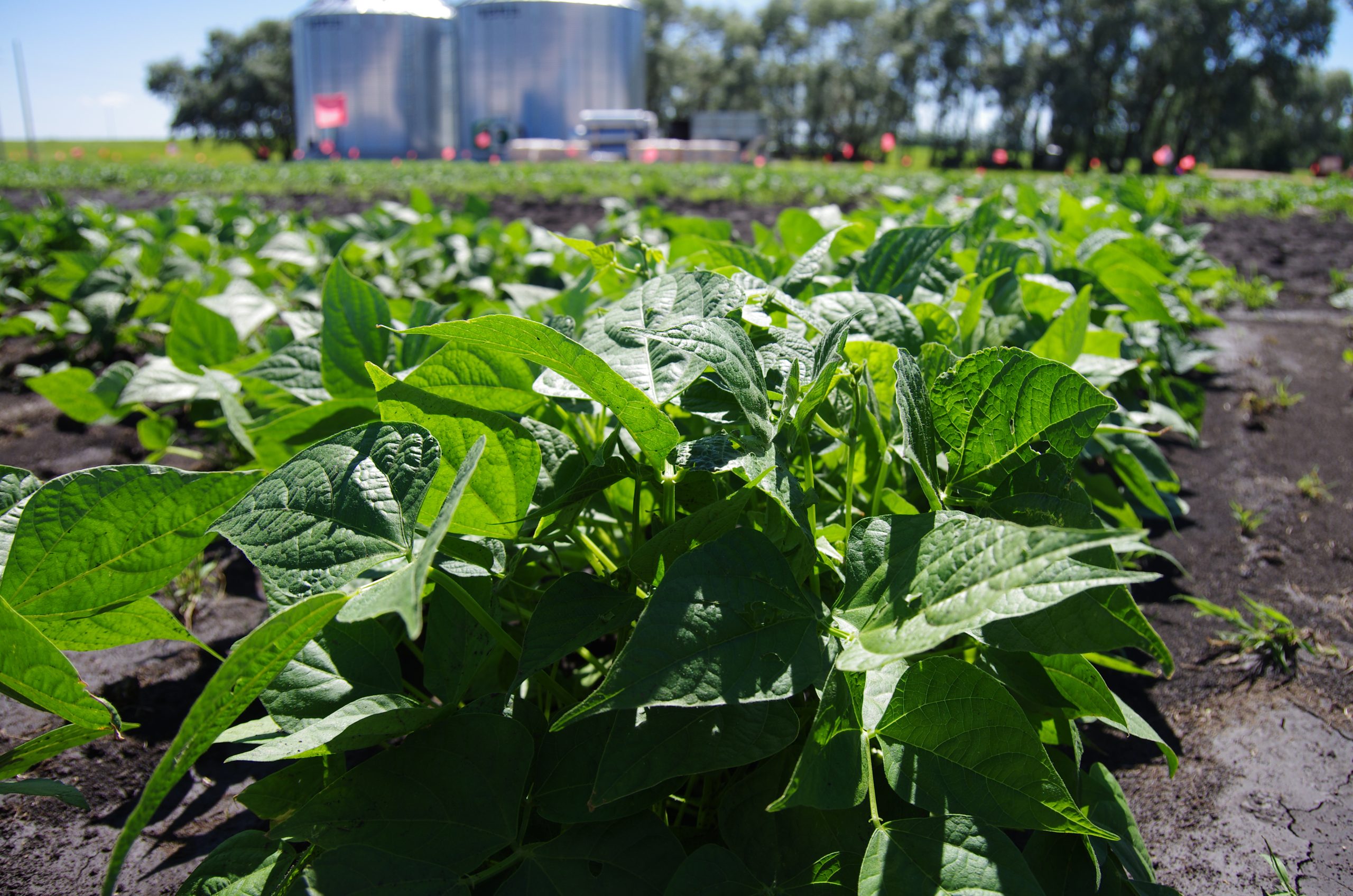The third edition of Pulse Beat – Science Edition is now available! This science-oriented Pulse Beat reveals the breadth and depth of MPSG’s research investments, including details from projects conducted in laboratories, field trials and the On-Farm Network. Inside you will find farmer-focused research results intended to improve yield and quality, pest control, build soil health and drive market demand.
Thank you for taking the time to read the third edition of Pulse Beat: The Science Edition. For all the time we at MPSG spend on planning and negotiating research projects, it’s communicating the results through mediums such as this magazine we are most keen to tackle.
Maybe it’s the breadth of information generated by the projects; this edition’s pages speak to everything from optimum planting and weed-free windows for soybeans to how much salt chefs should add to achieve the perfectly cooked bean.
Or, maybe it’s the satisfaction of knitting together results from unrelated studies; the On-Farm Network asked if fields with a history of soybeans should continue to be inoculated while, elsewhere, a more complex genomic study revealed the extent to which even those well-inoculated soils can harbor Fusarium root rot.
Whatever ignites our desire to communicate, we know the topics of interest to pulse and soybean growers are many and varied. Therein lies a challenge.
Being responsive to farmer needs means research can fly in many directions. Sometimes the sheer variety of results can require time to knit into a practical message useful to growers. For instance, we see in this edition light being shed on soybean protein – certainly, a topic of interest. Don’t expect a hard and fast recommendation, though. There’s more to figure out.
So, amidst the gush of research on complex issues, we will always seek the coherent message that ties it together to benefit our farmers. We continue to hang this effort on the MPSG theme; profit and sustainability arises from knowledge that enables growers to 1) improve yield, 2) meet market quality while 3) economically managing pests and 4) continually building their soil.

